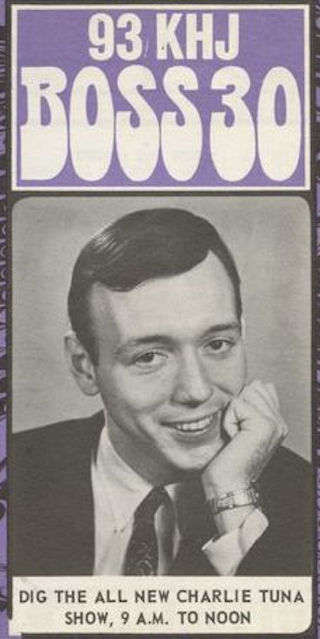 It is so much more enjoyable to critique the work of a good radio copywriter than the lame attempts of a bad one.
It is so much more enjoyable to critique the work of a good radio copywriter than the lame attempts of a bad one.
First, the radio commercial.
Here Are 9 Good Things You Can Learn from this Radio Copywriter.
1. The ad begins with the story of someone who has been transformed (“She’s more than just an email sender; she’s a marketer!”) by the service being advertised.
2. That “someone” is given a name: “Katie.”
That personalizes her and makes it easier to envision her as a real person.
If you watch Last Week Tonight, here’s something you might not have noticed:
Whenever John Oliver turns to address an image of a child, teenager or pet, he addresses that child, teenager or pet by name.
Always.
Oliver always addresses the person by “name” — even though it’s a fictitious person with a fictitious name.
Why? Because the inclusion of the person’s name makes it more of a story.
The more specific you are, the more vivid the story you can tell.
3. He clearly and concisely describes a common task — “sends out emails” — that is directly related to the advertiser’s product.
4. He makes “Katie” even more real by noting that she sends out those emails “for her nonprofit.”
Constant Contact isn’t designed specifically for nonprofit organizations. But a specific picture quickly and efficiently is painted in the listener’s mind.
5. Unlike what I did in #4 (above), the announcer uses real language: “for her nonprofit.”
People who work for nonprofit organizations refer to them simply as “nonprofits.”
The announcer slides right into her world by using the correct jargon.
6. The advertiser isn’t introduced until after we’ve met Katie and learned something about her…something that’s relevant to the ultimate sales message of this spot.
7. The commercial clearly establishes how Constant Contact helps Katie: “…she’s a marketer!”
8. The spot ends with a clear Call to Action: “Free trial at ConstantContact.com.”
9. Because the announcer isn’t burdened with too much copy, he’s able to take the time to tell the story.
He’s able to pace himself, to pause when pausing helps the storytelling.
Why isn’t this 30-second radio spot crammed with too many words, a la most radio ads?
Because the copywriter limited the focus to a single, linear story.
No detours.
No unnecessary ad-speak.
No “winner of the coveted Hugo Bernstein Award for cool email tools.”
Did a Different Advertising Copywriter Write this Line?
There’s one place where they momentarily drop the ball.
It’s when Katie says, “And with our free expert coaching, our results have been better than ever.”
A) “With our free expert coaching” is confusing.
It sounds as though her nonprofit offers free expert coaching, but I’m guessing the copy refers to free coaching Constant Contact offers its customers.
B) “Our results have been…better than ever”:
When You Pause Before Finishing a Sentence, You Create an Expectation Among the Listeners.
You pause before delivering a pay-off, something funny, something surprising, something dramatic.
You don’t pause, however, before saying something as bland as “better than ever.”
In fact, it feels as though that line was written by someone other than the copywriter responsible for the rest of the commercial.
“Katie” is specific.
“Nonprofit” is semi-specific. We don’t know what the nonprofit does, but we know it’s not a retail business or professional service.
But “better than ever”??
We don’t know how good their results had been before Constant Contact.
Maybe they were abysmal, in which case “better than ever” might mean “not quite as pathetic.”
No, the ad can’t make specific financial claims. But Katie might have said:
“Now our members actually read our emails”
or
“fundraising is less of a hassle…for me and for our members.”
That line of dialogue is sloppy, ineffectual…and well beneath the copywriting skill demonstrated by the rest of the script.
But 90% of this commercial copy is excellent.
Although I don’t happen to use Constant Contact, I’m delighted to be able to compliment their radio advertising.




